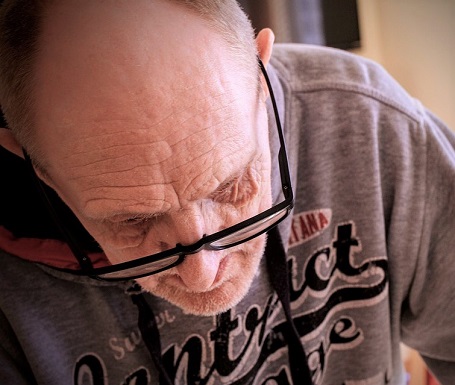5 Common Forms of Nursing Home Abuse and How to Spot the Signs
 One of the biggest fears we face when we have a loved one in care is whether they are safe and treated well. We hear stories all the time of elders being abused in nursing homes.
One of the biggest fears we face when we have a loved one in care is whether they are safe and treated well. We hear stories all the time of elders being abused in nursing homes.
Every year, at least 1 in 6 people over age 60 falls victim to one or more forms of abuse while in care. Knowing what constitutes abuse and how to spot the signs are critical in ensuring your loved one is receiving the highest standard of care possible.
Risk Factors
Let’s be honest, our elderly loved ones are vulnerable. It is so whether they are aging at home or in a care facility. They are more prone to injury because they are often living with debilitating conditions. These conditions include cognitive impairment, such as dementia, physical limitations, communication barriers, and mental illness.
Types and Signs of Abuse
There are 5 categories of elder abuse. Familiarize yourself with each of them so you can spot the signs in your loved one
* Psychological or Emotional
Psychological abuse is the most prevalent form of abuse reported by loved ones or their caregivers. Evidence of such abuse might be tricky to spot, especially if your loved one isn’t able to communicate poor treatment either because they have a limited capacity for communication or they don’t recognize the abuse for what it is.
Yelling, threats, isolation, or any behavior that makes a resident feel unsafe or unworthy is considered emotional abuse. Common signs that your loved one is being emotionally abused include anxiety and depression, an atypical response to someone raising their voice, and an emotional reaction when a specific caregiver enters a room. When elders are enduring this type of abuse, they may have been threatened not to say anything so being aware of body language or changes in behavior is critical.
* Physical
Physical abuse is the second-highest reported form of abuse in nursing homes or long-term care facilities. It includes any act of aggression or mishandling that leads to physical harm. Rough handling, shoving, kicking, or hitting.
While bruises are sometimes a result of a resident being combative, if you notice unusual marks or swelling, your loved one incurs an injury not consistent with their own patterns of behavior, or they flinch when being handled, you might want to dig a little deeper to find out if they are being physically abused. Even if your loved one is suffering from a debilitating cognitive condition, if they say they are being harmed, you need to follow up. A sad fact is that oftentimes, it’s a family member abusing them.
* Sexual
One of the saddest forms of elderly abuse is sexual abuse. Not only does it go unreported, when it is reported, but it is also often mishandled by care facilities. Sexual abuse is anything that constitutes unwanted or forced sexual behavior inflicted upon someone.
This one is the most difficult to spot but some of the warning signs are emotional responses to certain caregivers, such as flinching away or fear of being touched or bathed, evidence of increased sexual behavior, such as UTIs or irritation in the genital region, or heightened arousal that is atypical of their normal response. Again, it is difficult to know which of these responses are aligned with their condition and which are indicators of something more, but if you suspect your loved one is being sexually abused, don’t hesitate to look into it further.
* Financial
Financial abuse occurs when your loved one is taken advantage of for their money. The most prevalent examples of this are missing cash or possessions, checks written without proper authorization, or extortion, where someone threatens not to disclose something in exchange for money.
If you notice your loved one’s cash is frequently missing or they seem to have developed unusual spending habits or money is frequently moved from their bank account, don’t hesitate to investigate. Oftentimes, the elderly person isn’t even aware this is occurring and it most frequently is a relative committing the abuse.
* Neglect
Neglect is one of the most obvious forms of abuse to identify. Signs of neglect include infrequent bathing, malnutrition, not changing linens if a patient has soiled themselves, and bedsores from not moving them frequently enough.
Bedsores are one of the most common forms of neglect and are unavoidable. Should you notice your loved one has sores in areas such as their hips or elbows, bring it to the attention of nursing home staff immediately and if necessary, take it one step further and contact a law office that specializes in this type of injury case.
What You Can Do About It
Should you find yourself in a situation where you discover your loved one is being abused, either in their own home or in a facility, not only should you be prepared to take legal action, you should also be prepared to support your loved one in the aftermath of the discovery.
Providing support is critical in helping them recover from these unfortunate circumstances. They need to know that you have their best interests at heart as their trust has been violated in the most unimaginable way possible.
If you suspect your loved one is the victim of abuse, it is your duty to make every effort possible in prosecuting responsible individuals. Accountability is the biggest defense in reducing the likelihood of your loved one being abused in the future.
